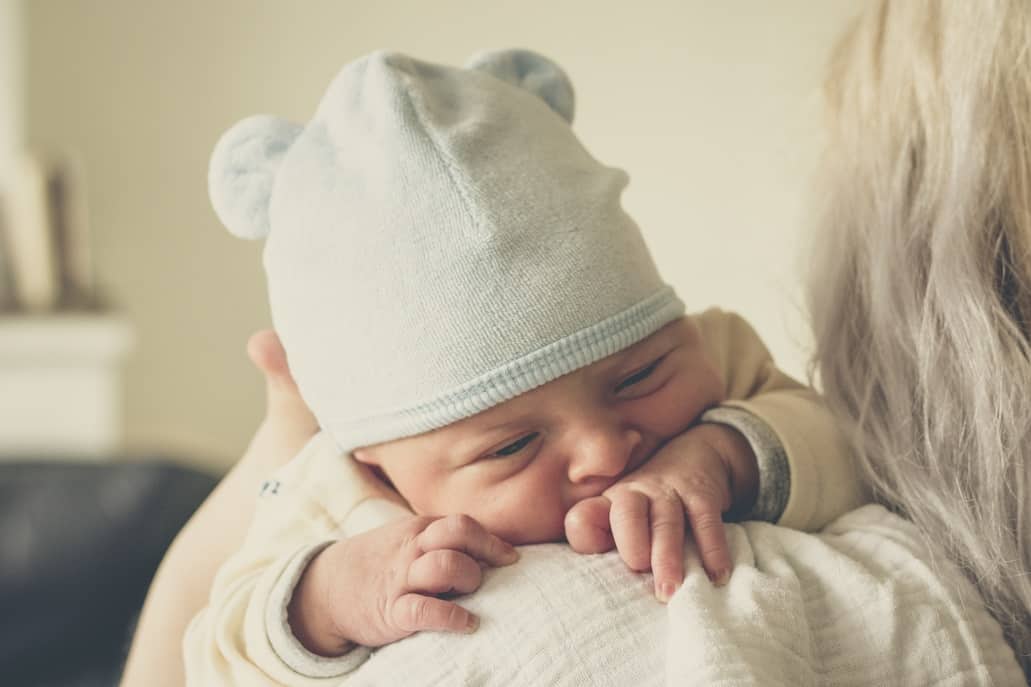Ways to put your baby to sleep quickly

One thing I have known about babies is their sleeping habits. They eat and sleep, nothing more. A baby sleeps around the clock because they can\’t differentiate day from night. Once their hunger is satisfied, the next thing is sleep. They often stay awake when there is a need, and once they are met, they are back to sleep. Due to their small stomach, they tend to feed often.
Each baby has a different sleeping pattern. Some may sleep more during the day while some are goodnight sleepers, but all are still normal. When a baby refuses to sleep, the mother becomes worried. Apart from the mother having sleepless nights, a way of putting the baby to sleep quickly must be proffered.
How should babies sleep?
A baby is a fragile being, and you must adhere to all necessary precautions to always protect them. Even before the child is born, we have already prepared a particular room. But at this tender age, a baby should not be left alone to sleep in a separate room.
The mother can share a room with the baby but not a bed where she can adequately monitor and access the baby. This helps with night feeding, comforting, monitoring, and helps to keep the baby nearby. Putting the baby to sleep in bed with you is not too safe. It increases the risk of sudden infant death syndrome (SIDS) as well as other sleep-related death. Therefore, room sharing is considered more reliable.
The following are ways by which a baby can sleep safely:
1. Place the baby to sleep on the back and not on the stomach or side to sleep. It is a recommendation by the American Academy of Pediatrics (AAP) to reduce Sudden Infants Death Syndrome (SIDS).
2. Always place the baby on a firm sleep surface and well covered. Arrange the crib in a way that provides comfort and meets the current safety standards.
3. You can use small pillows as side support in the crib if needed. If this disturbs the child\’s sleep, do not put anything in the crib, be it pillows or blanket.
4. Avoid overheating. Monitor the room temperature where the baby sleeps. It shouldn\’t be too hot and deprive the baby of sleep. Also, dress the baby for the room temperature. The baby should not be too hot or cold.
5. Endeavor to keep your baby away from smoke. It can increase the risk of sudden infant death syndrome (SIDS).
6. Use a pacifier to put the baby to sleep. Some babies do not like it, and it should not be forced. If the pacifier falls while the baby is asleep, do not bother replacing it.
Ways to put your baby to sleep quickly
Since babies can\’t differentiate between day and night, they can sleep all through. Most times, it is food or wet diaper that wakes them up. Your baby can sleep from 10 to 18 hours a day, usually 3 to 4 hours at a time. They do not have a regular sleep cycle until they are about six months. Some babies sleep too well during the day, and they find it difficult to remain asleep at night.
In the process of being awake, they keep the mother awake too. But this usually proves difficult for the mother. She needs her sleep, as well. Plenty of sleepless nights can be dangerous to both mother and child. What then will she do to put the baby to sleep so that she can also sleep?
1. Set a routine. You should establish a bedtime routine and be consistent with it. When you do the same activities at the same time daily, the baby adapts to it. When you follow a regular bedtime routine, your baby will sleep better and cry less often in the middle of the night. All activities should be calm and peaceful, especially towards the end of the routine. Endeavor to bathe your baby before bedtime as it keeps them calm. A child\’s favorite activity should be the last thing you will do in the bedroom.
2. Put your baby to sleep, and do not rely on soothing. The sleeping condition you allow your child to get used to will be adopted. In most cases, it might be challenging to change. When your baby is tired and on the verge of sleeping, put the baby down carefully and allow her to sleep by herself. This will let the baby soothe himself or herself to sleep all alone. This will give the baby familiarity with the sleeping surrounding. Therefore, you won\’t need to rock or cuddle the baby to sleep even when not asleep. Do not wait until your baby is fully asleep in your arms before you lay her in bed. It may later in life become a sleep habit addiction, which might be challenging to change. Allow your baby to self-soothe and fall asleep by herself. It is usually one of the goals of parenting.
3. Always allow your baby to sleep on his or her back on a flat or firm surface. It helps in the prevention of sudden infant death syndrome (SIDS). With time and age, the baby will begin to sleep on the tummy.
4. You can soothe your baby but not to sleep. In most cases, you might need to soothe your baby to allow him or her drowsy. Once your baby is in this condition, gradually put your baby down. Soothing enable a baby to be relaxed and sleepy. There are different soothing patterns for a kid. A mother should know which one works best for her child. Once this is established, soothing your baby won\’t be a difficult thing.
5. Watch out for drowsy but awake. Put your baby gently in the crib while being drowsy but awake. You can then leave the room and allow her to sleep off completely. If your baby starts crying, wait for a few minutes before your check-up. The cry might be for a moment, but if persistent, try to console her. Put her back to sleep but do not carry her up. She might need to see your face, and that\’s all. She only wants to be sure you\’re close by her. Sleeping at that point is a sure thing for the baby.







